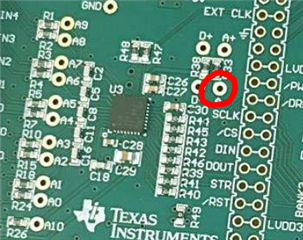Hey Bryan,
i took a DC measurement with INPMUX: temperature sensor (~0.200±0.001)V
REF: internal AVSS/AVDD / Laboratory power supply (5V)
When taking the measurements i see a strong oscillation which only occurs when i use an external power supply. When using the EvalBoard on board power supply i don't see the oscillations.
Laboratory power supply 5V & REF: 5V lab power supply
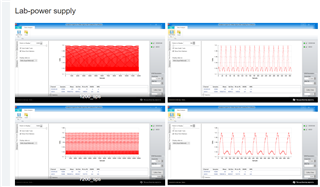
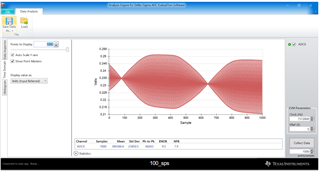
9V battery power supply & REF: AVDD/AVSS

external power supplys & EvalBoard power supply:
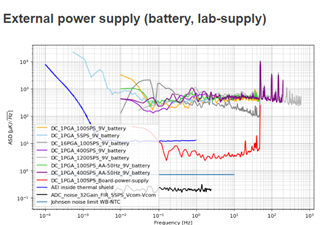
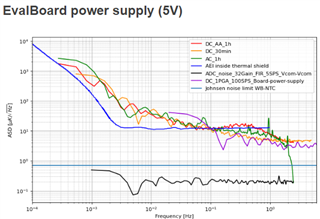
Questions?
Why are the oscillations appearing ONLY when i use an external power supply ? Do i need to connect my power supply somewhere else (AIN0&AIN1 at the moment).
Best regards,
Marcel



